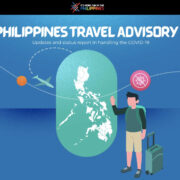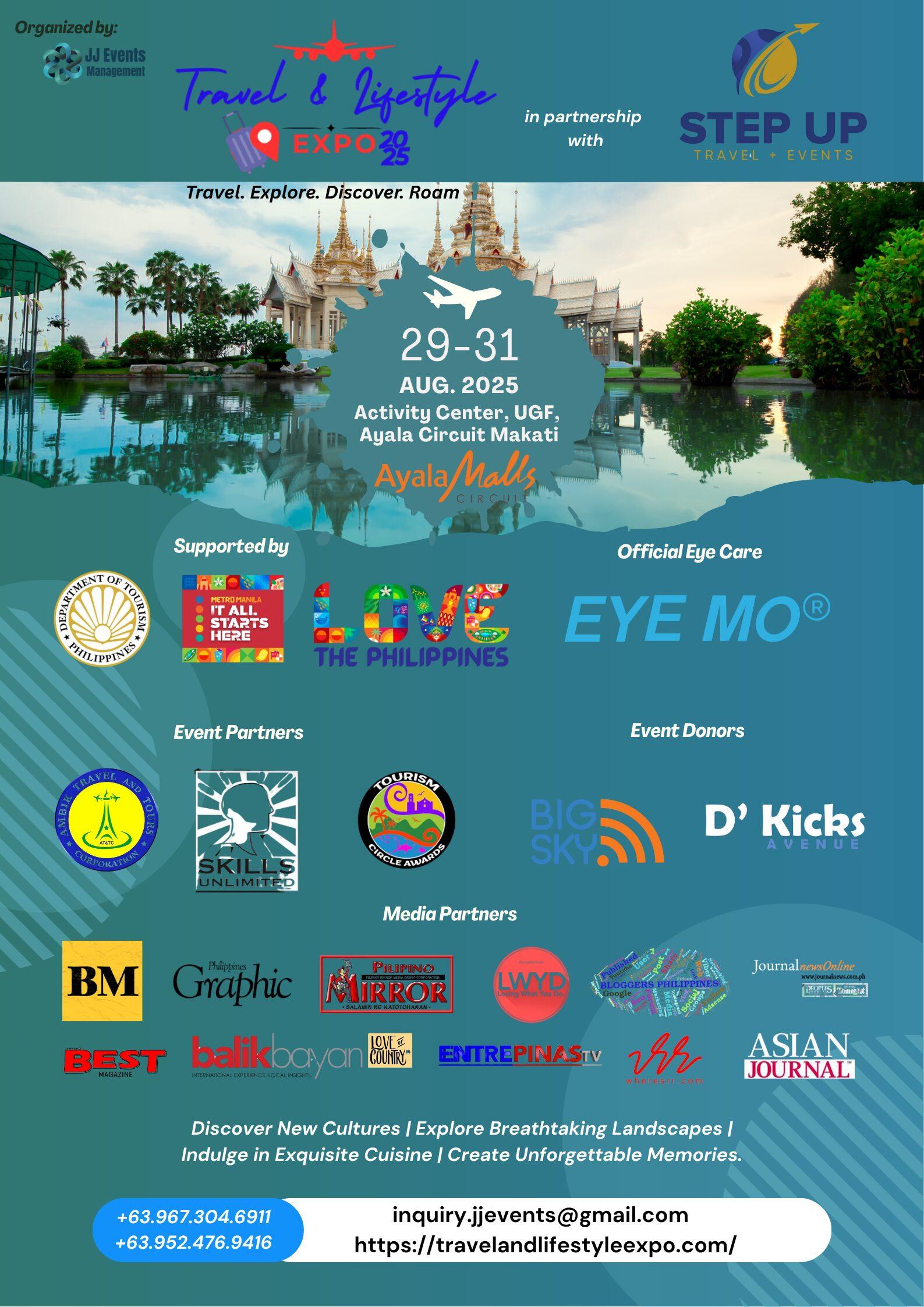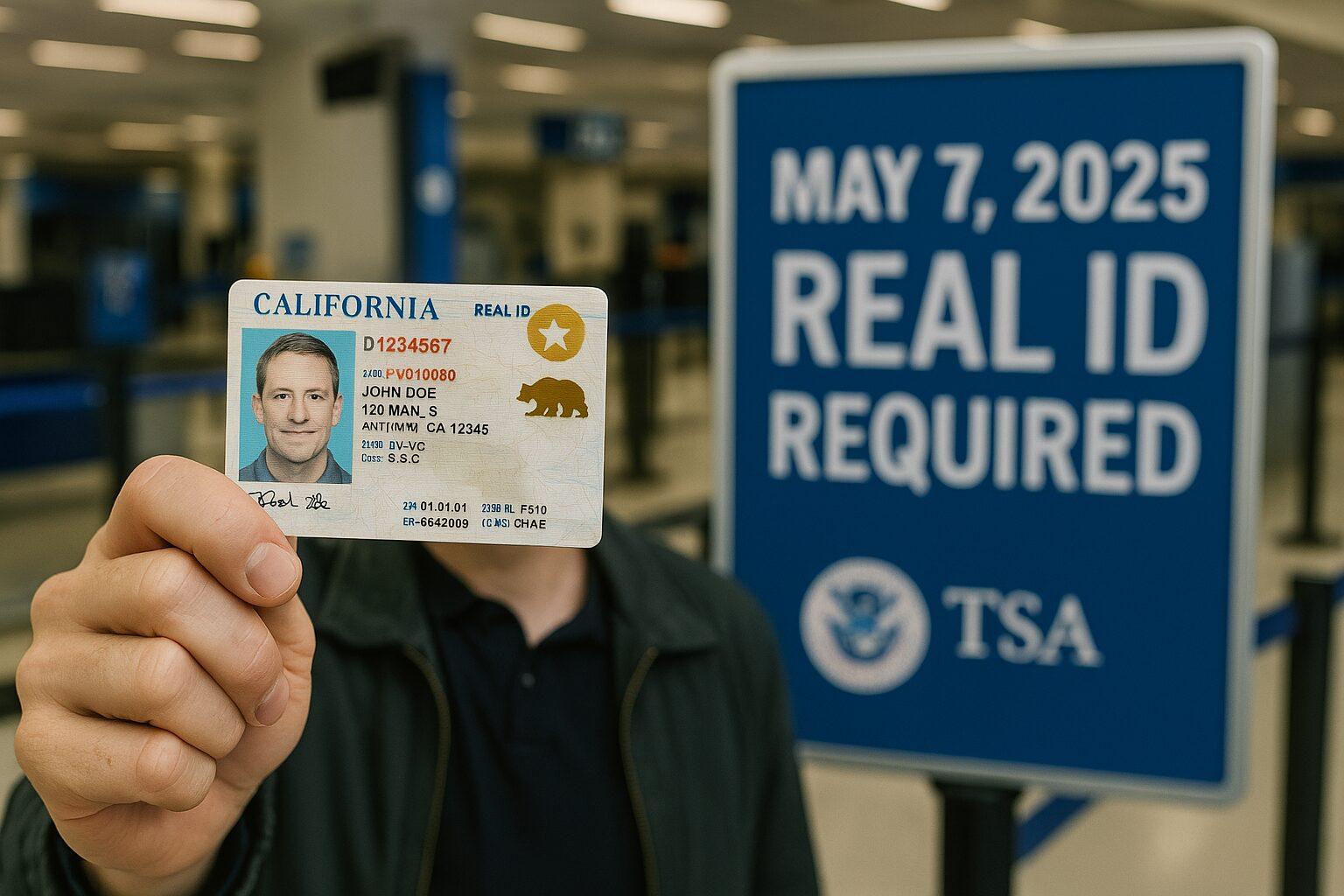 The Philippine Department of Tourism (DOT) has launched a website listing all the local destinations in the country that are accepting visitors again amid the coronavirus pandemic.
The Philippine Department of Tourism (DOT) has launched a website listing all the local destinations in the country that are accepting visitors again amid the coronavirus pandemic.
The website, philippines.travel/safeph, listed 81 provinces in the country, detailing the tourist spots open in each area as well as health protocols and tourist requirements for the tourists.
“The DOT is ensuring that tourism stakeholders implement the safety protocols and series of precautionary measures set by the World Health Organization (WHO) and the Department of Health (DOH), and is promoting habits that the public can adapt to contain the spread of the COVID-19,” the agency said in its public safety announcement published on the website.
“The World Travel and Tourism Council (WTTC) has given the DOT a SafeTravels Stamp in recognition of its adoption of ‘health and hygiene global standardized protocols’ that will ensure safe travel during the COVID-19 pandemic,” it added.
SafeTravels is the stamp of approval given by the international organization to certify compliance with its global health standards to allow for safe travels.
Popular tourist spot Boracay Island on October 1 reopened its doors to domestic tourists, receiving a total of 35 visitors the following day.
Other areas that now welcome visitors nationwide include Las Casas Filipinas de Acuzar in Bataan, Clark Freeport Zone and some destinations in Pampanga, Anilao in Batangas, Tagaytay Highlands, and select golf and country clubs in Cavite.
Some tourist spots, meanwhile, will only accept visitors from specific areas like Ilocos Norte accepting residents of Luzon.
According to Tourism Secretary Bernadette Romulo-Puyat, the Inter-Agency Task Force’s decision to travel restrictions would help revive the country’s tourism industry.
“These new policies, approved by the IATF, support the Department’s programs aimed at rebuilding the tourism industry to bring back lost jobs and livelihoods and stir local economies,” she said.
Under IATF Resolution No. 79, non-essential travel is permitted between areas placed under the general community quarantine (GCQ) and modified GCQ subject to the regulations imposed by the local government unit (LGU).
“The flexible travel movements, however, do not mean that we will be relaxing our health standards. We will continue to work with the LGUs in enforcing safety protocols and enhanced hygiene measures in all sectors of the tourism industry,” Puyat added.






